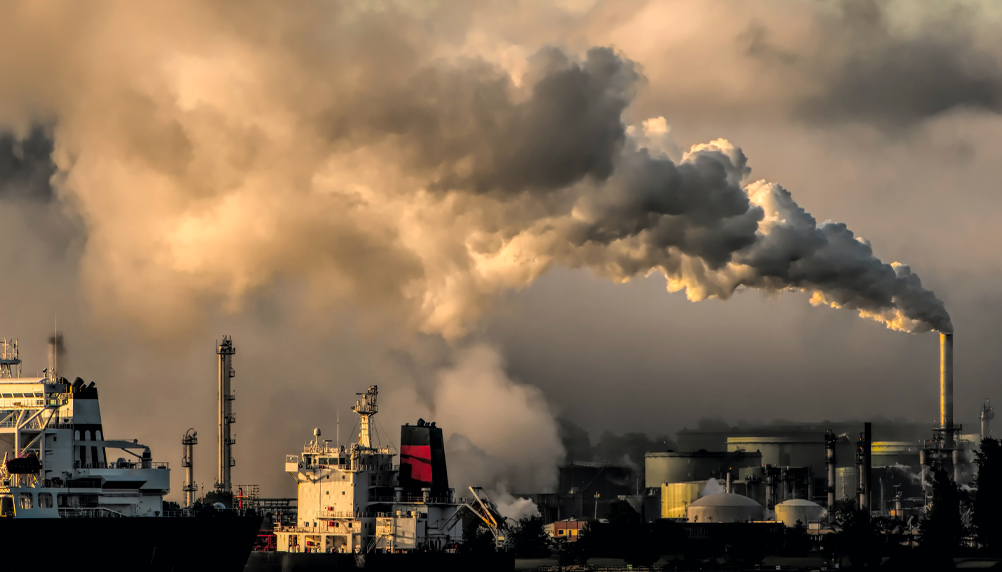Jargon Busting Environmental Terms
Posted on 4th July 2022

Research commissioned by the British Business Bank found that the majority of smaller businesses in the UK do not understand terms like Carbon Neutral and Net Zero and how they apply directly to their own operations. Of the 1,000 senior decision makers asked, 54% believed the terminology too complex and 61% said they would find more information useful.
As with our helpful library, CCL Calculator and Legislation Timetable, we have broken down the most common terms below to help you get a better understanding of what they mean.
Further reading: Understanding Scopes
| Terminology | Definition |
| Net Zero | Net zero is the balance between the amount of GHG emissions produced Vs. the amount removed from the atmosphere. For example, an organisation reaches net zero when the amount it adds is equal to the amount taken away. |
| Carbon Footprint | It is good to understand that every individual and organisation releases carbon into the atmosphere, whether directly or indirectly. This is known as your carbon footprint. The term represents the total amount of greenhouse gas (GHG) or carbon produced by a person or organisation within a given time period. This can be measured by day, month or annually. Even if you are far removed from the process, you may still be indirectly contributing to the amount of carbon that is released into the atmosphere. Some clear examples can include cooking dinner, taking a plane abroad or driving a car. Some less clear examples are the water bottle you purchased and used once or buying the latest phone even if yours is working perfectly. |
| Carbon Negative / Climate Positive | Carbon negative is a step beyond net zero. An organisation is carbon negative when they create an environmental benefit, usually by removing additional CO2 from the atmosphere. |
| Carbon Offsetting | Carbon offsetting is the action of funding measures that offset the carbon put into the atmosphere by an organisation’s operational activities. Carbon offsetting can come in many forms. Before any company reaches the carbon offsetting stage they should have already identified ways to reduce their greenhouse gas (GHG) emissions and energy consumption, implemented those measures and promoted what efforts they have made within their CSR, green credentials and marketing campaigns, as they would do with offsetting. Otherwise, jumping straight to investing in carbon offsetting without actual reductions is simply green washing. |
| Energy Efficiency | In the simplest terms, energy efficiency means using less energy to perform the same task. Example: a living room has six halogen spotlights in the ceiling. If these lights were left on for 5 hours every evening for a year at £0.3282/kWh, the current fixed rate offered by Octopus Energy*, they would cost £251.57 annually to run. If you were to switch these to LEDs, based on the higher rate, these new lights would cost £14.38 annually. This is energy efficiency in its simplest form and you’d instantly reduce your electricity bill by £237.19. |
| GHG Emissions (Scope1,2,3) | These are defined in the GHG Protocol Corporate Standard and relate to the types of emissions an organisation directly or indirectly produces. |
| Scope 1 | Emissions from activities owned or controlled by your organisation that release emissions into the atmosphere. They are direct emissions. Examples of scope 1 emissions include emissions from combustion in owned or controlled boilers, furnaces, vehicles; emissions from chemical production in owned or controlled process equipment. |
| Scope 2 | Emissions released into the atmosphere associated with your consumption of purchased electricity, heat, steam and cooling. These are indirect emissions that are a consequence of your organisation’s activities but which occur at sources you do not own or control. |
| Scope 3 | Emissions that are a consequence of your actions, which occur at sources which you do not own or control and which are not classed as scope 2 emissions. Examples of scope 3 emissions are business travel by means not owned or controlled by your organisation, waste disposal which is not owned or controlled, or purchased materials or fuels. |
| tCO2e | tCO2e stands for tonnes of carbon dioxide (CO2) equivalent (e). “Carbon dioxide equivalent” is a standard unit for counting greenhouse gas (GHG) emissions regardless of whether they’re from carbon dioxide or another gas, such as methane. |
| Carbon Capture, Utilisation and Storage (CCUS) | The difference between the two depends on whether you use the carbon dioxide you capture (Utilisation) or store (storage) it. CCS in this case is that CO2 is stored in porous and permeable rock layers thousands of metres below ground. Storage sites are located beneath non-permeable barrier rock that prevents the CO2 from expanding upwards and are accessed via wells, similar to those used in oil and gas production; CO2 is injected into the store via the well which is then plugged using cement to stop the CO2 from escaping. CCUS, rather than storing all of the captured carbon, the process of Carbon Capture Utilisation and Storage uses some of the captured CO2 to make useful substances or products. There are currently several technologies that are used to make plastics, concrete, chemical reactants and synthetic fuels and more technologies are being developed every day. However, for CCUS processes and products to benefit the climate it needs to be considered that the carbon footprint of the required electricity to convert the captured CO2 needs to be zero, and secondly, the CO2 must be kept away from the atmosphere for as long as possible. If the final product re-emits CO2 at “end-of-life” then it must be captured from the air through biogenic processes of direct air capture. |


